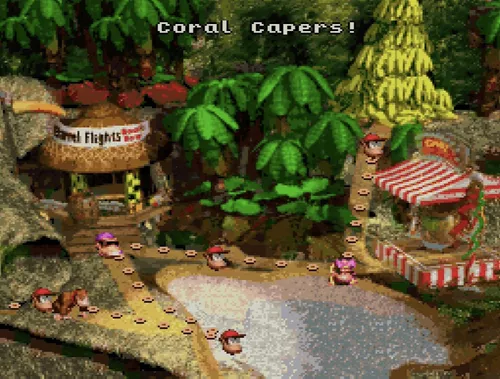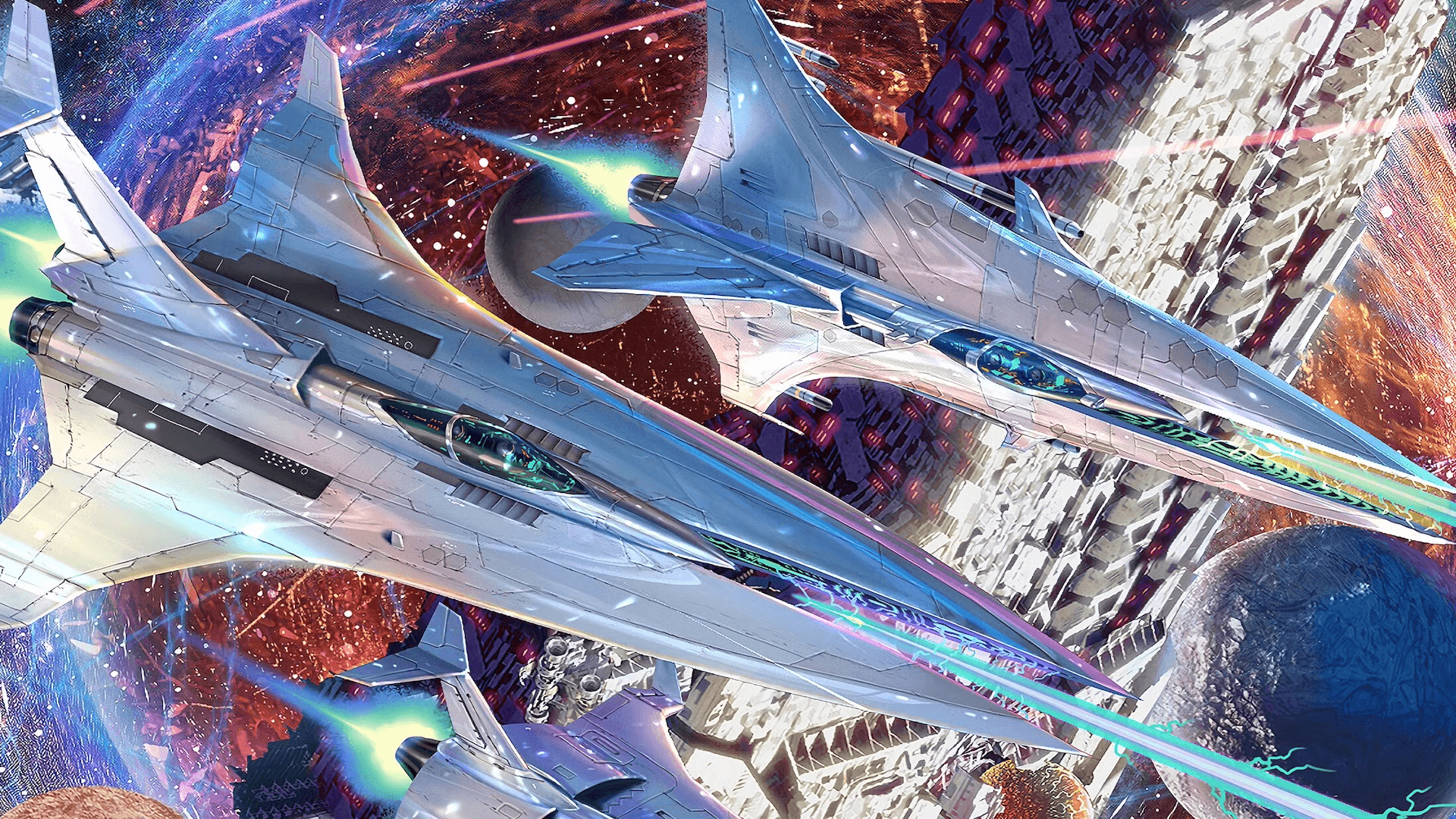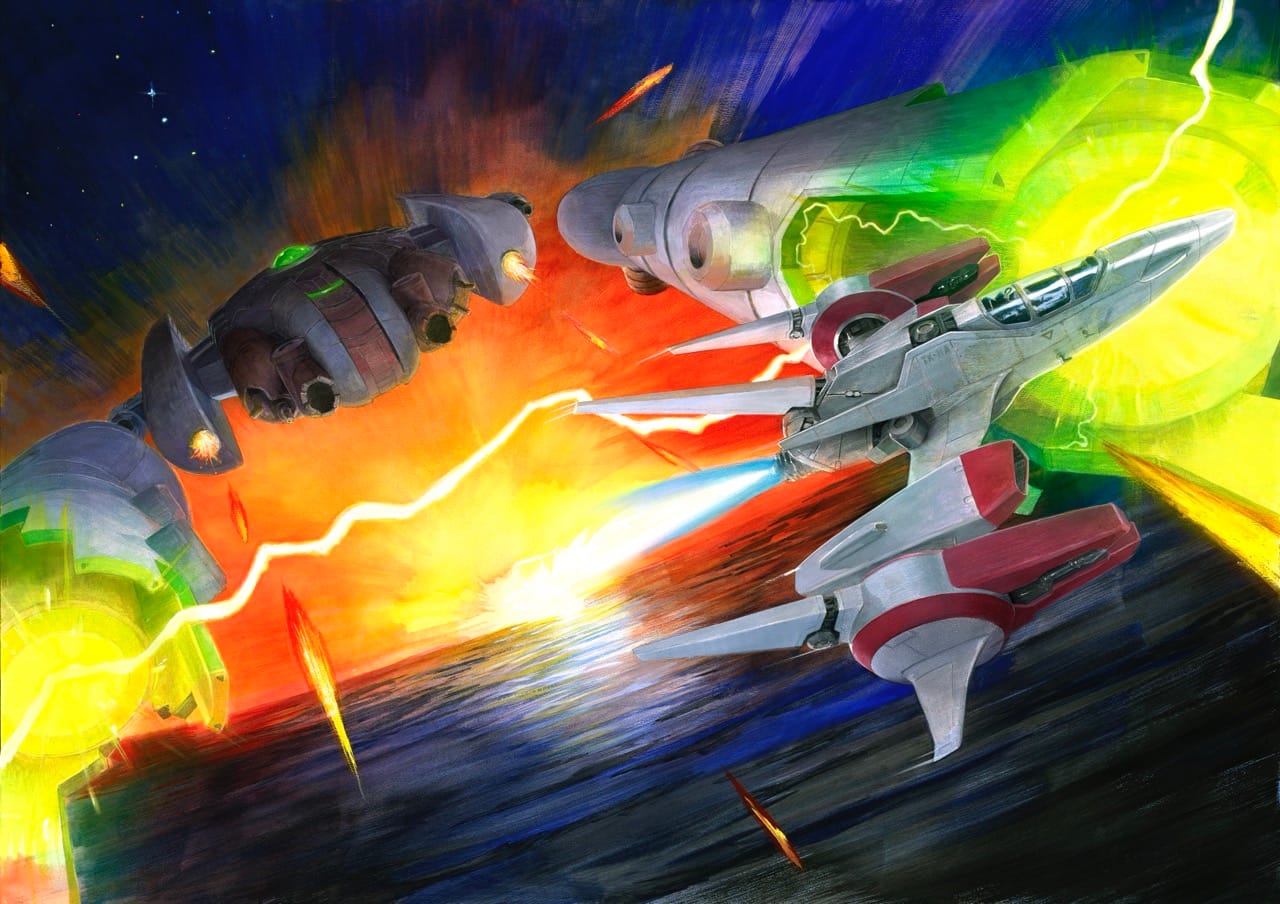It’s clear that we are all old now. It’s inevitable that the many things that we’ve enjoyed in the past also get up there in years, surprising us with just how videogames as a medium, especially, have been around already. One such game is as divisive as they come, with two sides in nearly endless argument if it’s as good or as bad as each remembers: Donkey Kong Country.
Developed by Rare during their heyday as Nintendo’s most important second party developers and released on this day in 1994, DKC turned heads thanks to its breakthrough use of pre-rendered graphics, which became one of the biggest selling points for the Super Nintendo in the war against SEGA’s Genesis/Mega Drive.
These graphics used (then) cutting edge technology in the form of Silicon Graphics, workstations that were capable of outputting mind-bending visuals for the time, cleverly programmed to be displayed by the SNES’ capable hardware in the form on static images that ended up as normal sprites under the 256-color palette the system had going for it. It was the kick to the chin that Nintendo were hoping to deliver to SEGA, who was always going on and on with their campaign slogan of “SEGA does what Nintendon’t”. Try that on for size, buddy!

But they didn’t stop there: Donkey Kong Country also featured some of the best 2D platforming ever conceived for that console, with incredibly fun level design, charming characters, a friendly dose of challenge, and absolutely tons of content to be uncovered. DK and fries’ inaugural adventure for that generation proved to be a hit, with well over 9 million copies sold worldwide. Then there’s the music headed by now beloved composer David Wise, with songs as iconic as Mario’s, unforgettable pieces that still rock to this day.
What the game would eventually be remembered for was the way it defined the look and personality of the Donkey Kong crew, going as far as influencing the recent Super Mario Bros. Movie, where the big ape played a sizable role. Even games nowadays like Super Smash Bros Ultimate borrow that design when featuring the guy. Even so, not all fans look back as fondly, complaining that the characters and the game they starred in didn’t age well.

Well, saying that something did not age as well as we could hope for is an easy excuse not to value its historical importance to the medium. It’s the same as saying about Mortal Kombat – a fighting game that helped pave the way for the genre as much as Street Fighter II – because of how they used digitized frames played by real-life actors, that it looks bad nowadays. Technologies such as those two are the bedrock on which today’s graphics stand upon, and even if you don’t particularly enjoy the way they portray the action, there’s no denying that they opened up the way to what we now enjoy every time we press start on our Switches, PS5s or Xboxes.
Donkey Kong Country was an unbelievable achievement in videogame development that was much a part of our childhoods as it was to the industry, revolutionary in not just how it looked, but also they way it played, the catchy songs that it blared through our TV speakers, and all the charm that took us from our living rooms to the jungles and icy mountains of DK island. It definitely belongs next to all the other seminal titles in videogaming’s golden Hall of Fame.
Happy 30th anniversary, DKC!





